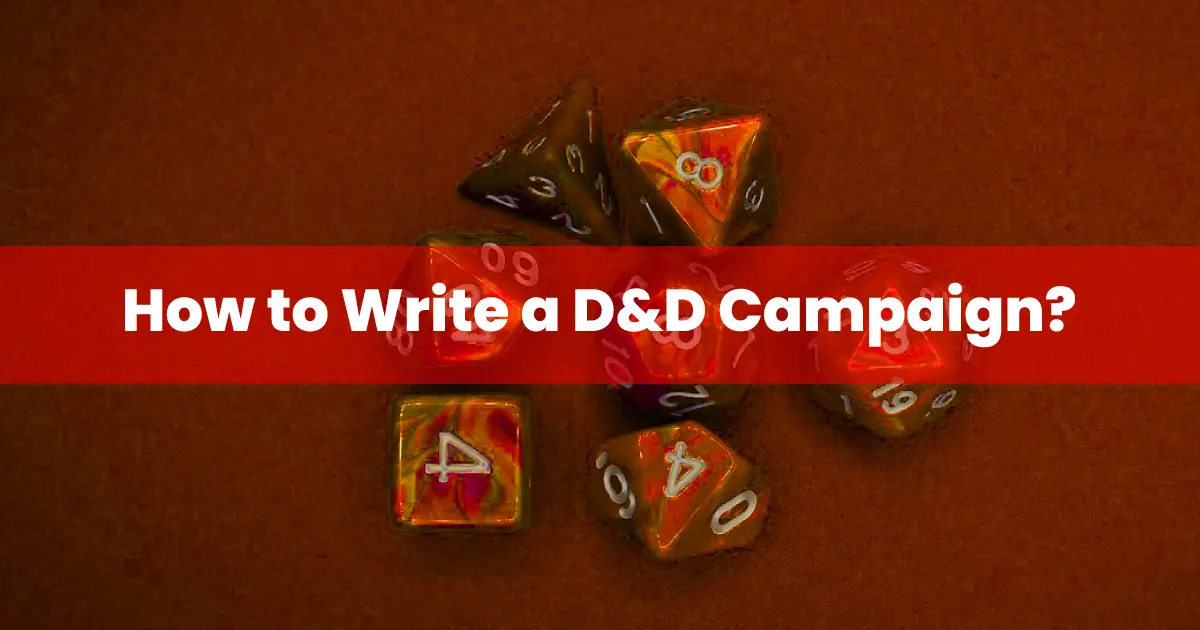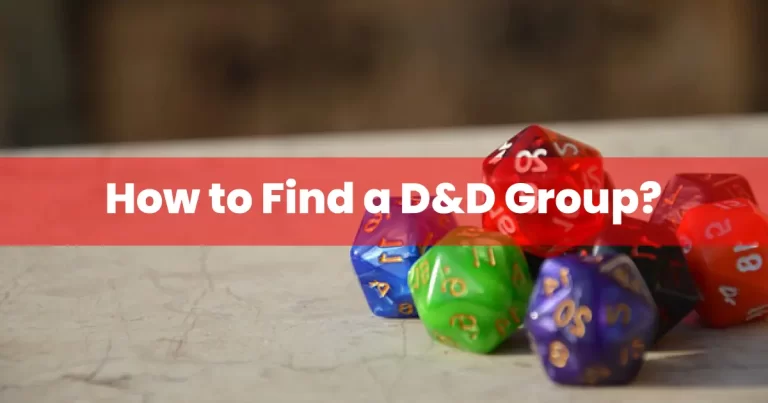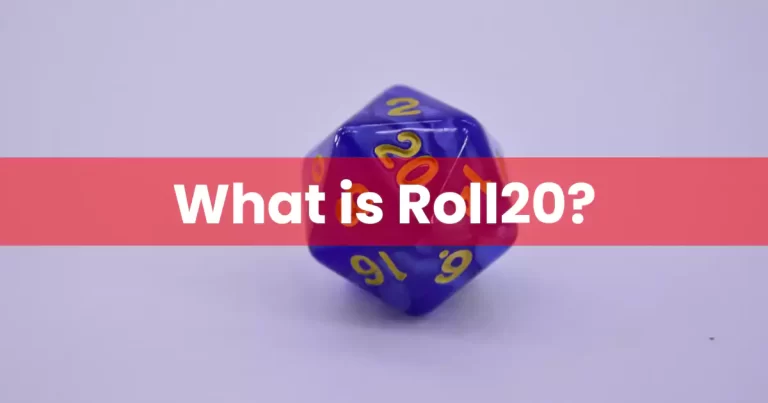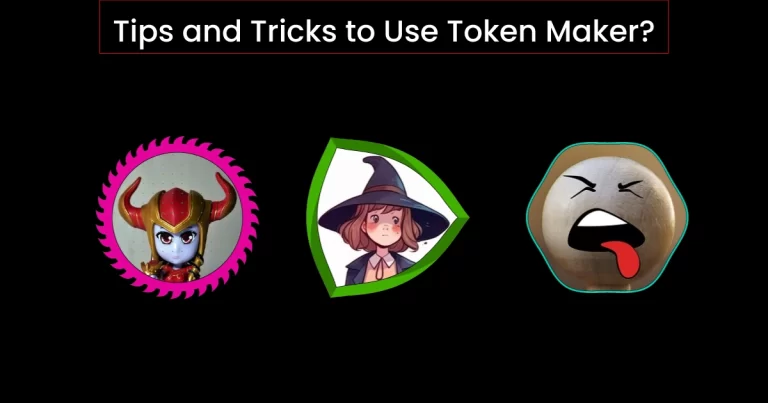How to Write a DnD Campaign? A Comprehensive In-Depth Guide
If you love Dungeons & Dragons (D&D), you’ll enjoy writing your own exciting adventures! This guide will show you how, whether you’re new to the game or a seasoned dungeon master. You’ll learn how to create a theme, involve your players in building the world, and prepare exciting encounters. With step-by-step instructions, you’ll be able to know how to write a DnD campaign in a unique way that will transport your players into a thrilling world of fantasy and adventure. Get ready to enjoy an epic journey with your friends and create unforgettable stories together!
How to Write a D&D Campaign? (15 Best Ways)
Try our 15 proven ways to write an effective DnD Campaign
1. Start Small and Focus on the Present
Always start by focusing on the upcoming session and what the characters are up to right now. This way, you won’t get overwhelmed and can keep things exciting for the players. Plan for what’s happening immediately instead of trying to figure out every little detail of the entire campaign. Remember, DnD is supposed to be fun, so don’t stress yourself out. By staying focused on the present, you can make the adventure more engaging and keep the players hooked. Keep it simple and take it one step at a time to create an awesome and relevant campaign.
2. Follow the Rule of 3:
Offer your players three important choices or storylines to pick from. This gives them options without overwhelming them with too many decisions. It’s an exciting way to kick off the campaign and keep everyone interested. By presenting these key options, you’re letting players choose their own path and shape the story. This helps prevent them from getting stuck or unsure of what to do. So, right from the start, introduce those three elements and watch as your players eagerly dive into the adventure with enthusiasm and excitement.
3. Collaborate with the Players
If you want to amp up the excitement of your DnD campaign, give your players the chance to actively contribute to world-building. Let them jump in and help create NPCs (non-player characters), describe locations, and even suggest plot twists. This not only adds a fresh and unique flavor to the campaign, but it also makes the players feel more connected to the story. By allowing them to shape the world and its inhabitants, you create a collaborative experience that everyone can get behind. Their ideas bring depth and unexpected surprises to the game, making it even more immersive and unforgettable for everyone involved.
4. Prepare Structured Situations and Encounters
Come up with three cool things or situations for the players to experience right at the beginning. This gives them options to choose from and makes the adventure more exciting. Having different paths to explore helps them feel in control and make their own decisions. It’s like building a strong base for an awesome campaign where players can shape their own stories. Remember to keep it simple and let the adventure unfold based on what the players decide to do.
5. Define the Ending, but remain Flexible
When you’re writing a D&D campaign, it’s good to have a general idea of how you want it to end. But remember to stay flexible and open to what the players want to do. Let their choices and ideas shape the story as it unfolds. This way, the campaign can change and grow based on their actions, making it more exciting and responsive. Don’t be afraid of surprises! Embrace the unexpected and see how the players’ decisions shape the narrative.
6. Create Leads for the Players
Make sure to drop hints, triggers, or links in every situation or encounter to guide players towards more exploration and cool storylines. These leads can lead to new quests, allies, or challenges that keep the campaign interesting and fun. By giving clues or hooks in each encounter, you give players the chance to dig deeper into the story and go on thrilling adventures.
7. Fulfill Expectations
When you’re creating your campaign, don’t forget to add in some classic fantasy stuff like rowdy dwarves, sneaky betrayals, and epic battles. By including these familiar elements, you’ll give the players a sense of comfort and excitement. It’s like tapping into their favorite fantasy stories and making the game more immersive and fun for everyone involved.
8. Subvert Expectations Strategically
Make your campaign awesome by adding surprises and plot twists. Just don’t go overboard! Use them strategically to keep things suspenseful and keep your players hooked and pumped up for the adventure!
9. Steal Shamelessly from Various Sources
Get hyped by books, movies, shows, and news to make awesome adventures, epic stuff, and cool characters for your DnD game. Borrow ideas, but give ’em your twist. Be creative, make it yours, and let the fun begin!
10. Utilize Online Resources
Check out online tools, forums, and communities for cool stuff like pre-made content, generators, maps, and more. They can save you time and make your campaign even more awesome. Don’t miss out on what’s available online to level up your D&D adventure!
11. Develop Engaging NPCs
Make your D&D campaign memorable by crafting unique NPCs with goals, personalities, and quirks. Whether allies, enemies, or information sources, these characters add depth to your world. Stand out and enhance the players’ experience with unforgettable NPCs.
12. Build a Living World
To make your game world feel real, add cool things that happen even when players aren’t there. It makes the game world lively and lets you tell stories on the spot. The world keeps going, even without players. It makes the game more realistic and fun for everyone.
13. Embrace Improvisation
Stay flexible during the game, think quickly on your toes. Let players be creative and make unexpected choices. Those moments can be the most memorable and thrilling parts of the adventure.
14. Create Moral Dilemmas
Make the players face tough choices that make them think about what happens next. It’s like giving them moral puzzles to solve. This makes the story more interesting and makes the players feel like they’re really part of it.
15. Maintain a Cohesive Narrative
Blend different storylines, exciting encounters, and personal character journeys together to make a solid campaign story. Make sure each session connects to the big picture while still leaving space for side adventures and character growth.
Process for Creating a D&D Campaign World
Step 1: Designing the Overland Map
Creating a visual representation of your campaign world is crucial. Use available tools or software to design an overland map with hexagons, each representing around 6 miles of terrain. Add features such as mountains, grasslands, woods, and swamps to match your story setting. This map will serve as the foundation for your campaign and provide a sense of geography for your players.
Step 2: Establishing the Town
Build a small town within your campaign world, complete with a variety of human and non-human NPCs. These NPCs will interact with the players during their adventures. Some NPCs may offer quests, while others can introduce unexpected plot twists. Use your creativity to bring these characters to life and make them integral to the story and the development of the player characters.
Step 3: Creating Adventure Sites
Adventure sites are key locations where players will engage with NPCs and encounter challenges. Start by determining the types of encounters you want in your campaign. Consider the monsters players will face and their specific locations. Also, think about how the townspeople will respond to the actions of the player characters. Select a few adventure sites, such as an ancient tower, an abandoned mine, or a desecrated temple. Mark these sites on your overland map and allocate resources like tokens, monsters, and treasure accordingly.
Step 4: Go With the Flow
While planning is important, leave room for improvisation. Unexpected turns in the game make it exciting for both the players and the dungeon master. Always have a notebook handy to jot down interesting ideas that emerge during gameplay. Incorporate these ideas into the evolving narrative, and expand the overland map as the game progresses to introduce new areas for exploration and quests.
Step 5: Let Your Players Take the Wheel
Allow the players to guide the story. As the campaign world expands and opportunities increase, the players can decide what they want to do next. The open-ended nature of DnD allows for endless possibilities. New quests can arise, alternative methods of achieving goals can be discovered, and the players can shape the direction of the story. Embrace this collaborative aspect and encourage the players to contribute to the development of the campaign world.
Step 6: Evolving and Innovating
A D&D campaign world is not bound by a rigid plot. It can evolve and grow over time. Embrace the opportunity to continually make up new content, introduce unexpected twists, and expand the story. The evolving nature of the campaign world keeps it fresh and exciting for the players. Adapt to their choices and decisions, and use their actions as inspiration for new ideas and challenges. With no definitive end in sight, the campaign can continue to captivate players for an extended period.
How to Write a D&D Campaign: 20 Tips
Here are the 20 best tips that prove helpful in creating D&D Campaign.
- 1. Gather Your Resources: Acquire rulebooks and references like DM Guide, Player’s Handbook, and Monster Manual for easy access.
- 2. Plot Backward: Start from the ending, determining the antagonist’s ultimate goal, and work your way back to the beginning.
- 3. Manage Player Count: Limit the number of players to 4-5, especially if you’re new to DM-ing.
- 4. Monster Cheat Sheet: Create a handy reference with key details of monsters to save time during gameplay.
- 5. Plan Enemy Encounters: Prepare pivotal combat encounters, including a climactic final battle.
- 6. Design Non-Combat Encounters: Incorporate conversational, investigative, or puzzle-based situations to engage players outside combat.
- 7. Prepare Random Encounters: Have a few unexpected creature encounters ready to add unpredictability to the campaign.
- 8. Craft Exploration Opportunities: Design diverse locations for players to explore, such as sunken ships or abandoned towns.
- 9. Integrate Traps: Include unique and thematically relevant traps to challenge the players.
- 10. Brain Teasers: Prepare puzzles and riddles for players to solve during the game.
- 11. Strategic Loot Placement: Plan significant loot drops that align with the adventure’s progression.
- 12. Embrace Variety: Provide a mix of situations, traps, puzzles, and mysteries for each adventure.
- 13. Map it Out: Create visual maps of important locations to aid in world-building and player immersion.
- 14. Develop a Compelling Antagonist: Craft a smart, motivated, and consistent main antagonist for the campaign.
- 15. Visual Aids: Utilize visual aids like printed pictures to enhance NPC, town, and monster descriptions.
- 16. Script Key Moments: Write down important messages or descriptions to ensure delivery with accuracy and impact.
- 17. Weave Subplots: Embed standalone adventures or side quests within the main campaign for added depth.
- 18. Surprise with Plot Twists: Include unexpected events or revelations to keep players engaged and guessing.
- 19. Embrace Improvisation: Be ready to adapt and respond to player actions, adjusting encounters and story elements accordingly.
- 20. Seek Inspiration: Draw ideas from personal experience, YouTube videos, articles, and other creative sources.
Conclusion
When all’s said and done, it ain’t about being perfect or obsessing over every detail. What really counts is the pure joy of playing D&D with your friends, making memories, and diving into the world you’ve created. So, enjoy the journey, have a blast, and get ready for an epic adventure! Happy gaming







